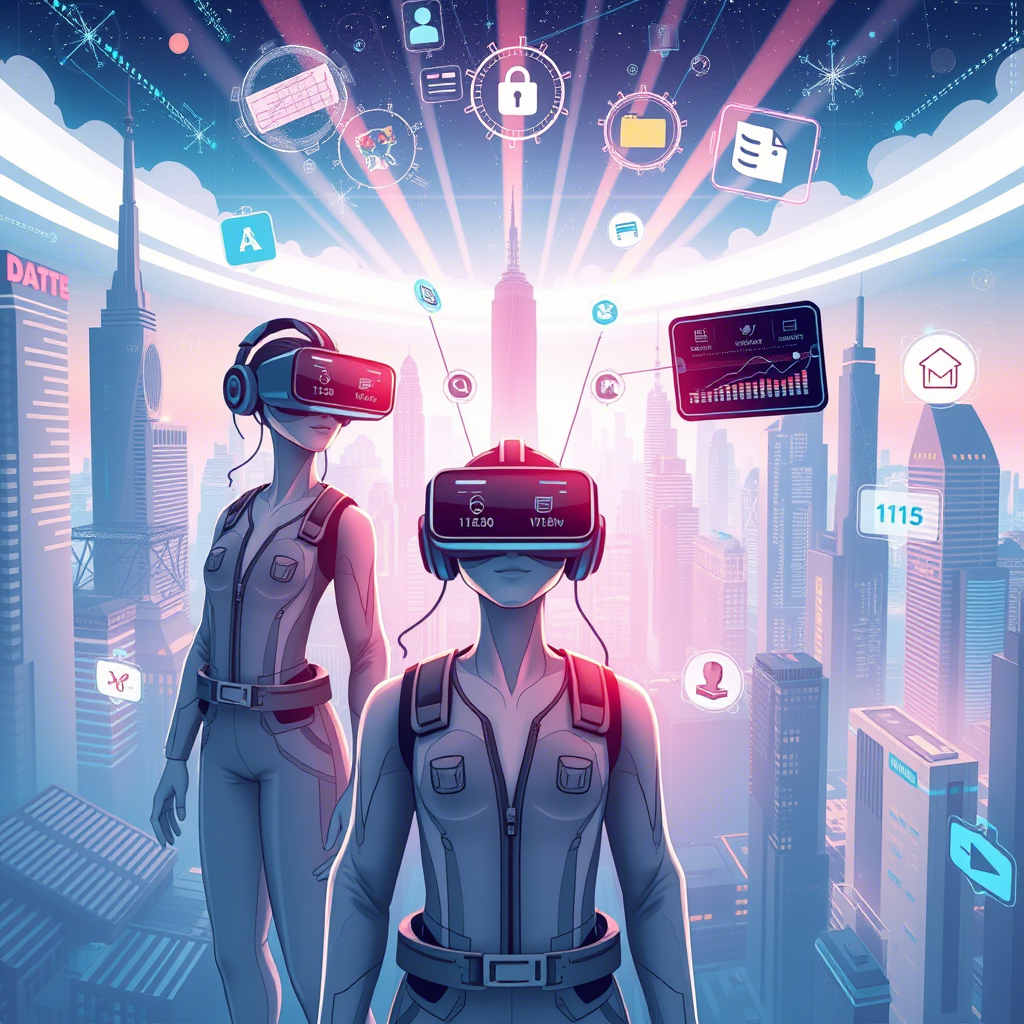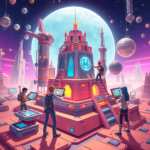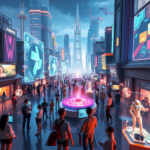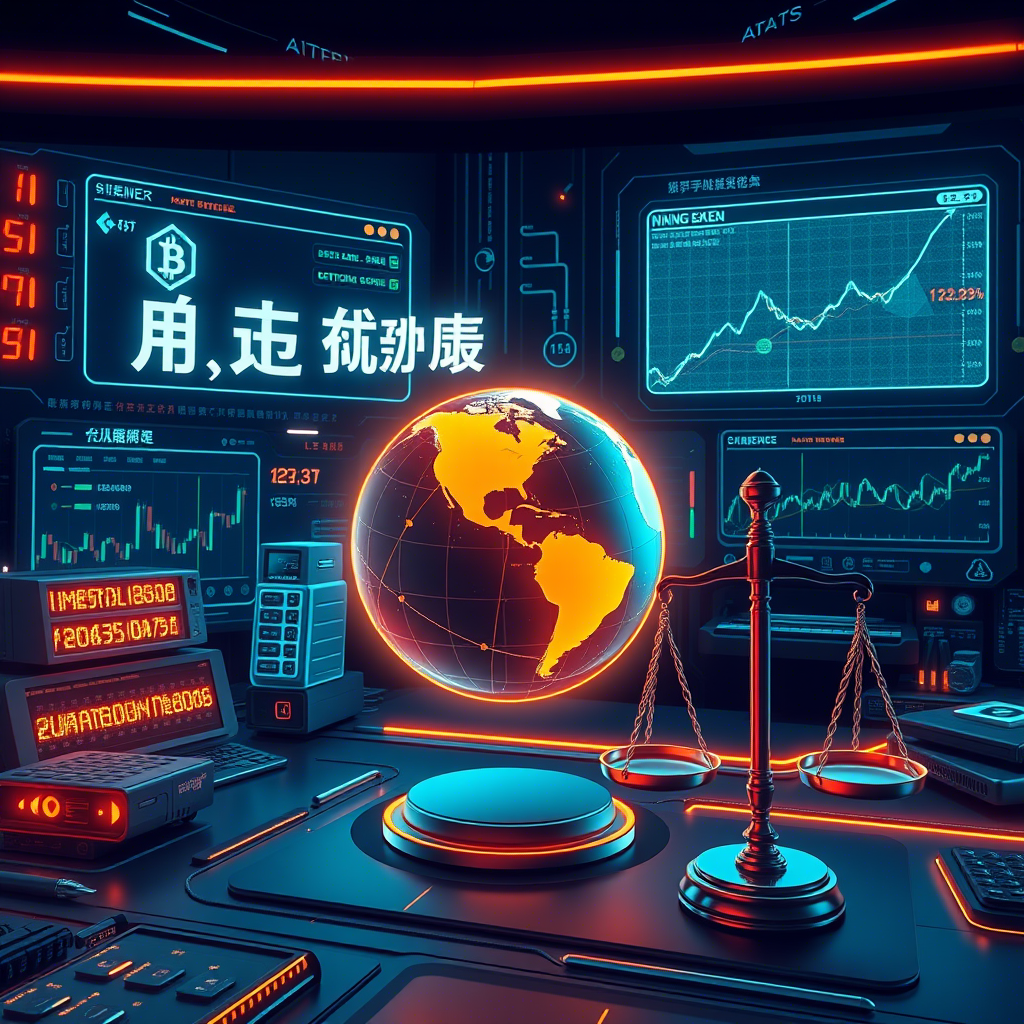Discover emerging trends, technological advancements, and the challenges and opportunities that lie ahead as the digital and physical worlds converge. This article explores the trends, challenges, and opportunities that will define the metaverse over the coming years, offering insights for businesses, developers, and users alike.








